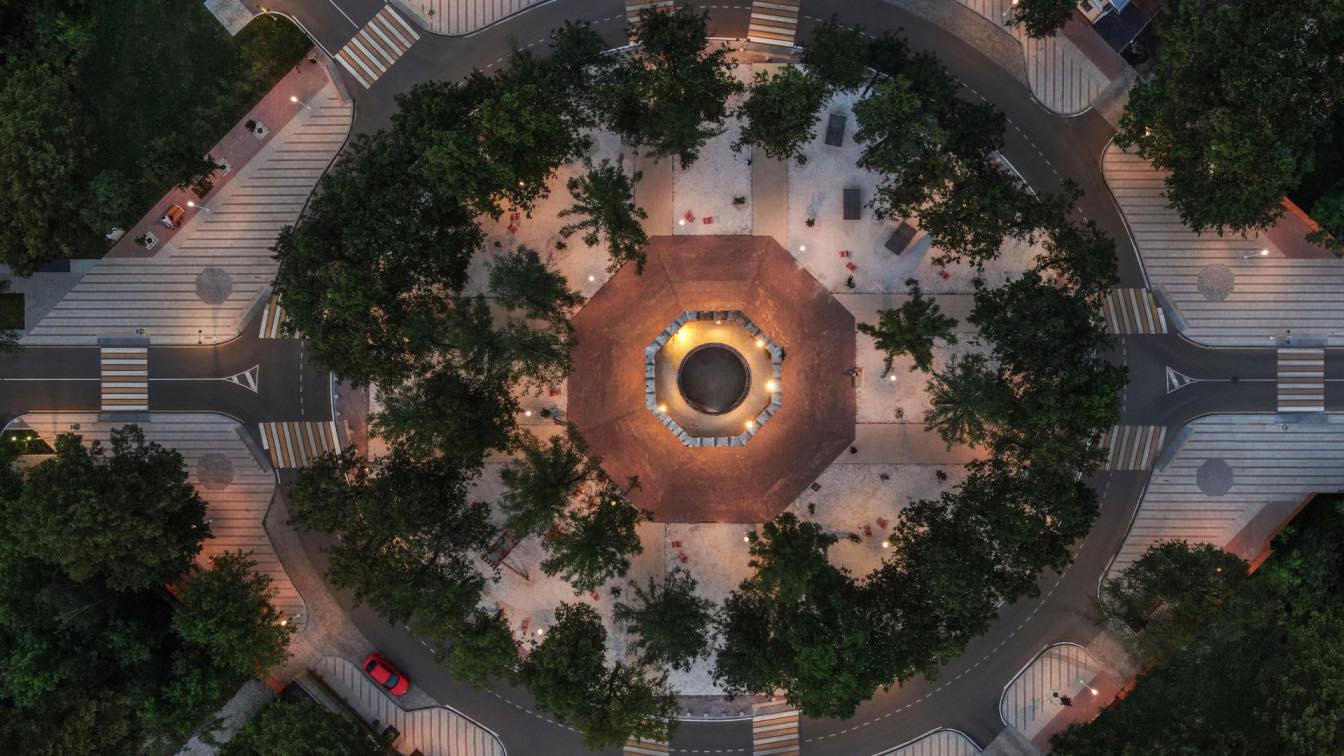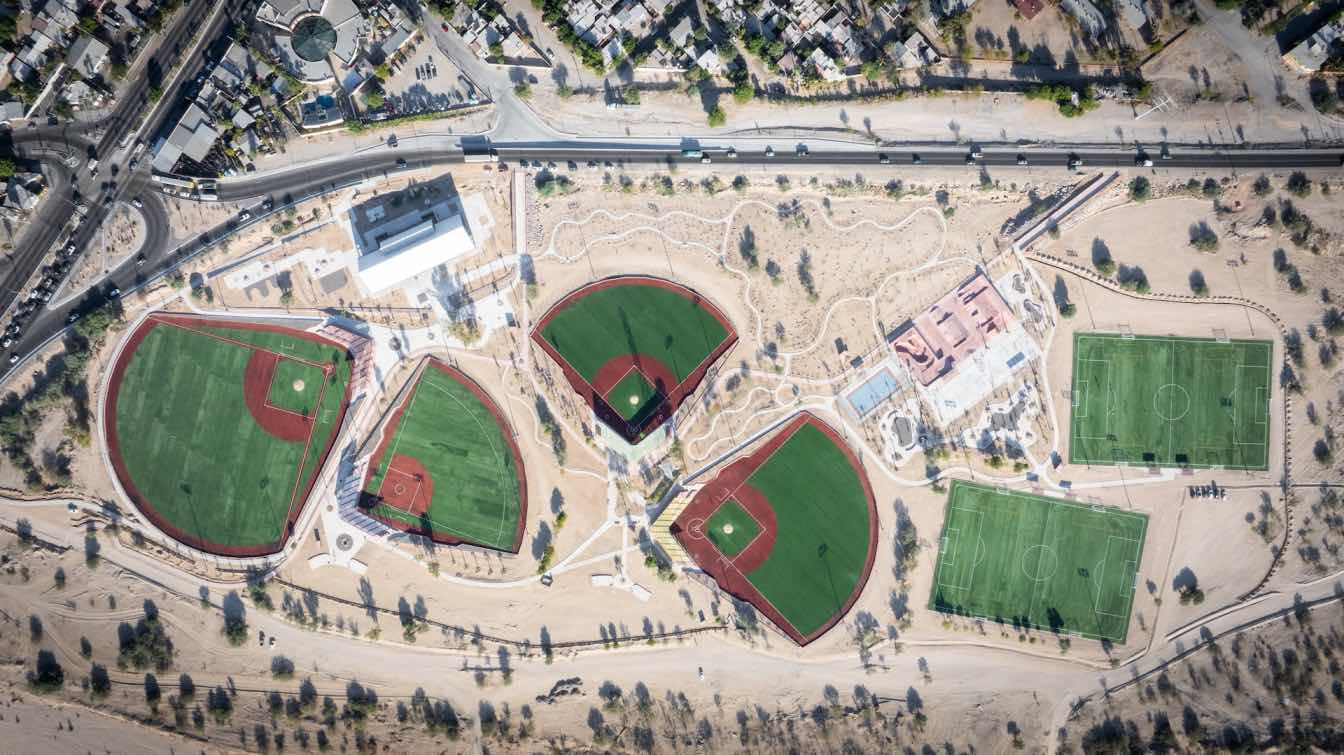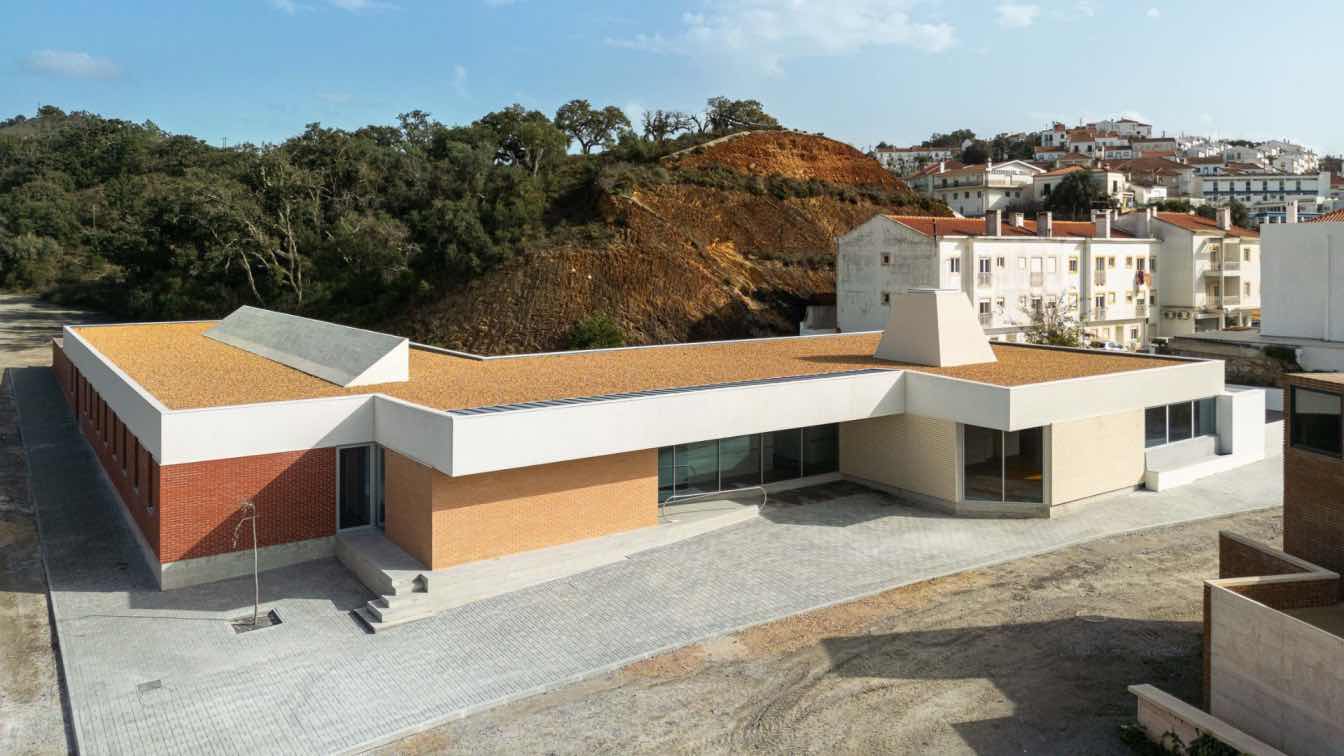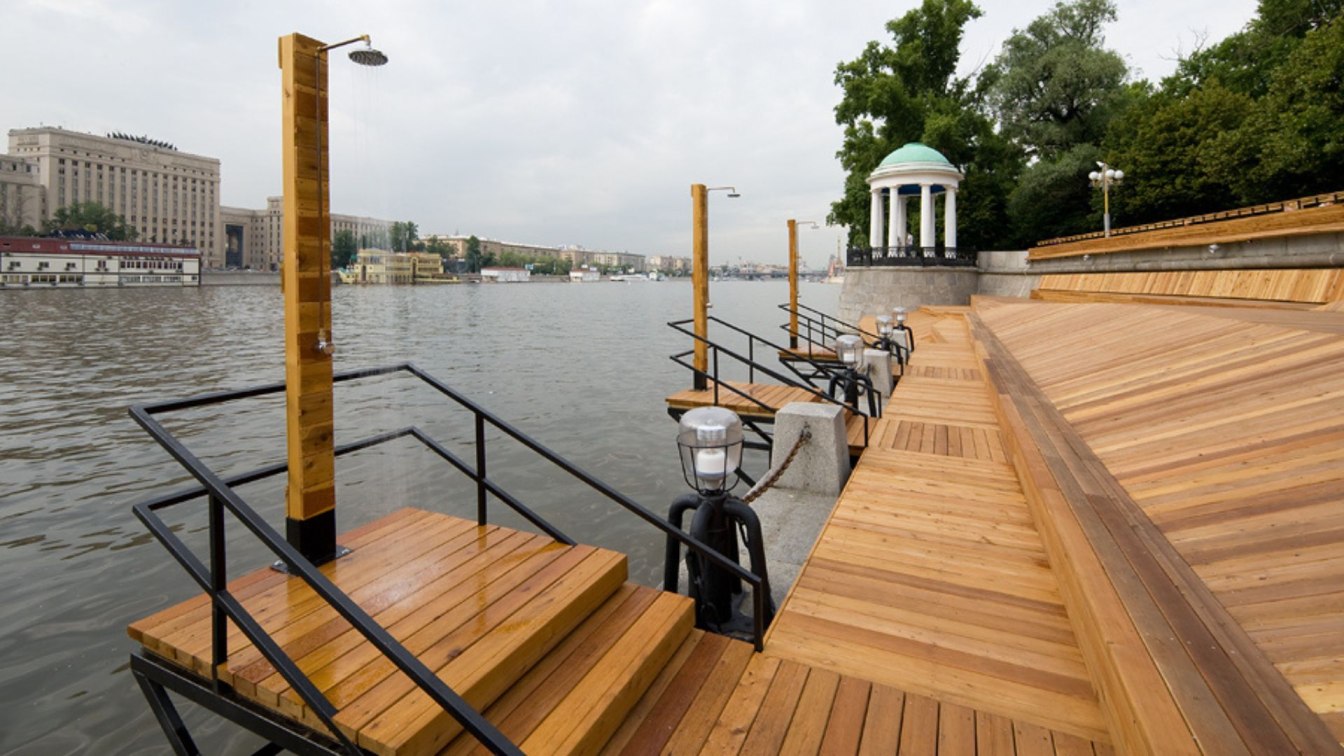Prague Planetarium enters a new era with unique LED technology
collcoll: The Prague Planetarium has undergone a major modernization that goes far beyond just replacing its projection equipment. The renovation of the protected building, designed by architect Jaroslav Frágner in the 1950s, was complex. It required removing layers of interventions from recent decades to make way for the installation of revolutionary LED projection technology.
The largest LED screen of its kind in the world
At the heart of the project is a new hemispherical screen from the American company COSM, 22 meters in diameter, with an incredible 45 million pixels. Such a screen of this size and quality does not exist anywhere else in the world. Thanks to it, visitors can experience an immersive spatial illusion with extraordinary color depth and realism.
New auditorium and custom seats
The central Zeiss Jena projector was moved outside the main hall by agreement with heritage conservators, freeing space for a new auditorium design. Architects from the collcoll studio designed a stepped geometric layout that visually lifts the audience above the horizon. Capacity increased by 20% to 277 seats, with spatial arrangement supporting comfortable and safe movement.
The seats were custom-designed with a Czech manufacturer—they are adjustable, ergonomic, and comfortable enough to keep visitors attentive. Acoustic treatment hidden behind the projection dome further enhances the illusion of infinite space.

Future-oriented energy solutions integrated into the historic framework
The installation of new technology required new energy and technical facilities, integrated into the building with maximum respect for its protected structures. Cooling and heat recovery were designed considering the planetarium’s location in the heart of Stromovka park—heat from the screen is stored in six deep wells (each 200 m deep) in summer and used to heat the building in winter. The dome itself has a thermal output comparable to three family houses, so the heat is reused within the building.
A new look for other spaces as well
The renovation also affected the foyer and facilities. The original exhibition at the entrance was replaced by a circular LED screen serving as an additional presentation surface. A newly designed cloakroom separates incoming and outgoing visitor flows, increasing comfort. Over the summer, a new simulator exhibition in the basement will open, and after completing outdoor landscaping, a shop will be established at the new exit. An inappropriately placed ramp will be removed from the adjacent rosarium, simplifying barrier-free access through the shop.
This modernization positions the Prague Planetarium as a world leader in immersive education and culture with its unique LED dome technology, offering visitors an unprecedented visual experience of the cosmos.











About studio / author
Krištof Hanzlík is an architect and founding member of the collcoll studio – a creative platform that enriches local architecture with experimental approaches, speculative projects, temporary interventions and urban visions.
After graduating from The Bartlett School of Architecture (UCL) and gaining work experience in London and Vienna, he returned to Prague, where he founded a collective focused on interdisciplinary work in the field of architecture and design. Collcoll was founded in 2008 as a loose association of architects, designers and friends. It gradually transformed into a team of young professionals working in various areas of the construction environment - from consulting on urban-scale projects to custom and industrial design.
We work in an interdisciplinary way - that’s where the name collaborative collective comes from. We do not prefer a uniform style or signature; on the contrary, we like to quote, reinterpret and look for new meanings in different contexts. Each member of the team brings their own interests and specialization, which we combine and apply together in projects. This approach allows us to create complex solutions based on consistent work with location, technology and detail.





